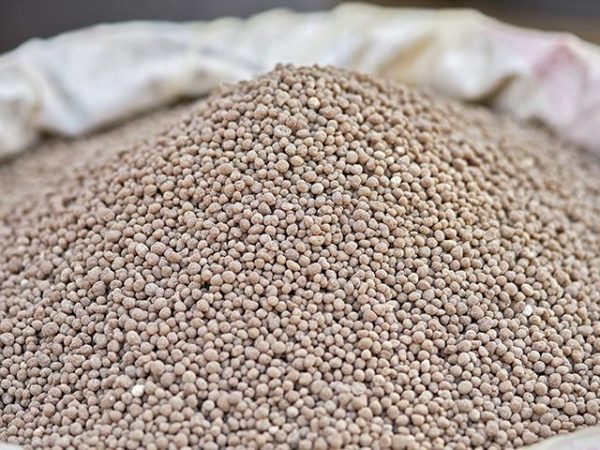The United States Agency for International Development (USAID) has made an alert that farming in Zimbabwe during the 2022/23 season will likely result in majority of farmers facing difficulties in accessing crop inputs owing to higher than average input prices.
In its latest food security outlook on Zimbabwe, USAID’s food security department the Famine Early Warning Systems Network (FEWS NET) noted that crop input costs in Zimbabwe would be below normal.
“Throughout the main 2022/23 agricultural season, access to crop inputs is expected to be significantly below normal, due to above-average prices in both USD [United States dollar] and ZWL [Zimdollar]. Most smallholder households are expected to depend on government crop input assistance, given their inability to purchase inputs on the markets,” FEWS NET said.
“As has been the case over the last few years, shortages of some fertilisers are likely and the demand for top-dressing fertiliser is expected to be higher than normal given above-average rainfall forecasts across the country and anticipated high levels of leaching. Despite input access challenges, green harvests and consumption are expected at near-normal levels in early 2023 and the main harvest is also likely to be near-average from April/May.”
FEWS NET said government aimed to distribute crop inputs to about 19 000 households for the 2022/23 cropping season in the district, up from 14 000 last year, though it may be inadequate.
It added household cereal inventories are nearly depleted in most traditionally deficit-producing areas because of below-average harvests in 2021/22.
Most of Zimbabwe – except for the far north – started receiving significant rainfall in early November. Land preparation intensified, and some farmers started planting slightly earlier than normal.
However, other farmers had yet to access agricultural inputs for the season or preferred to hold off on planting until the rains fully established. By the end of November, over half of the planned crop inputs to be provided by the government had reportedly been distributed. With rainfall resuming at the end of the month following some mid-month dryness, planting increased across much of the country.








